Customer Company Size
Mid-size Company
Region
- America
Country
- United States
Product
- JDA Warehouse Management
- JDA Support Services
Tech Stack
- Server Transition
- Online Case Support
Implementation Scale
- Enterprise-wide Deployment
Impact Metrics
- Productivity Improvements
- Cost Savings
Technology Category
- Functional Applications - Warehouse Management Systems (WMS)
Applicable Industries
- Food & Beverage
Applicable Functions
- Warehouse & Inventory Management
Use Cases
- Warehouse Automation
- Inventory Management
Services
- System Integration
- Training
About The Customer
Sunny Delight Beverages Co. is a leading producer of juice-based drinks in North America. The company is headquartered in Cincinnati, Ohio and its brands include SunnyD citrus punch, Elations dietary supplement for joint health, Fruit2 O flavored waters, and Veryfine 100% juices and juice drinks. Founded in 1963, Sunny Delight has more than 600 employees at its headquarters and main research and development center in Cincinnati, as well as five manufacturing facilities throughout the United States.
The Challenge
Sunny Delight Beverages Co., a leading producer of juice-based drinks in North America, was faced with the challenge of transitioning their JDA Warehouse Management production server to a new location. This transition was time-sensitive and needed to be completed within a 63-hour window. The company needed to partner with JDA to support the production server transition and consult with JDA experts before the transition to create a solid foundation of the support process. The company also needed to rely on the JDA Support Services team for troubleshooting and speedy resolution.
The Solution
JDA provided Sunny Delight with their Support Services which included guidance from product experts, technicians, and operations specialists. They also provided state-of-the-art processes and tools to diagnose issues quickly. Sunny Delight had 24/7 access to JDAUser.com for online case support, as well as product information, KnowledgeBase database, webinar archives, and Special Interest Group forums. With the help of JDA Support Services, Sunny Delight was able to perform a mission-critical production server transition ahead of schedule.
Operational Impact
Quantitative Benefit

Case Study missing?
Start adding your own!
Register with your work email and create a new case study profile for your business.
Related Case Studies.

Case Study
The Kellogg Company
Kellogg keeps a close eye on its trade spend, analyzing large volumes of data and running complex simulations to predict which promotional activities will be the most effective. Kellogg needed to decrease the trade spend but its traditional relational database on premises could not keep up with the pace of demand.
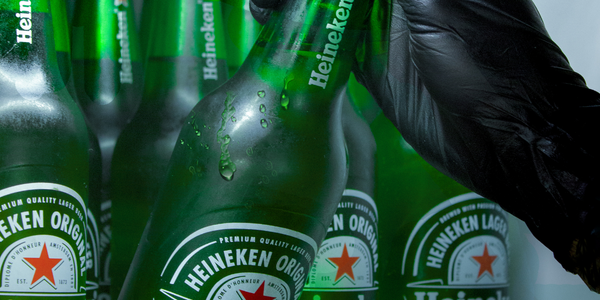
Case Study
HEINEKEN Uses the Cloud to Reach 10.5 Million Consumers
For 2012 campaign, the Bond promotion, it planned to launch the campaign at the same time everywhere on the planet. That created unprecedented challenges for HEINEKEN—nowhere more so than in its technology operation. The primary digital content for the campaign was a 100-megabyte movie that had to play flawlessly for millions of viewers worldwide. After all, Bond never fails. No one was going to tolerate a technology failure that might bruise his brand.Previously, HEINEKEN had supported digital media at its outsourced datacenter. But that datacenter lacked the computing resources HEINEKEN needed, and building them—especially to support peak traffic that would total millions of simultaneous hits—would have been both time-consuming and expensive. Nor would it have provided the geographic reach that HEINEKEN needed to minimize latency worldwide.
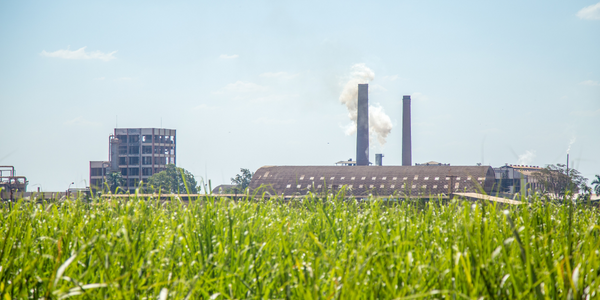
Case Study
Energy Management System at Sugar Industry
The company wanted to use the information from the system to claim under the renewable energy certificate scheme. The benefit to the company under the renewable energy certificates is Rs 75 million a year. To enable the above, an end-to-end solution for load monitoring, consumption monitoring, online data monitoring, automatic meter data acquisition which can be exported to SAP and other applications is required.
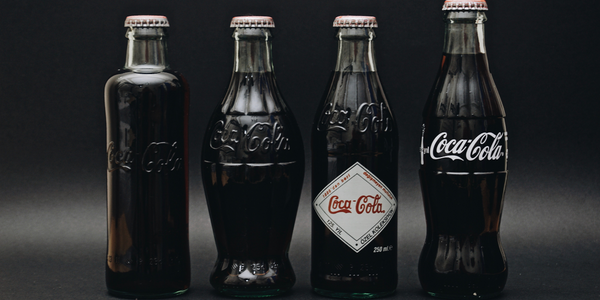
Case Study
Coca Cola Swaziland Conco Case Study
Coco Cola Swaziland, South Africa would like to find a solution that would enable the following results: - Reduce energy consumption by 20% in one year. - Formulate a series of strategic initiatives that would enlist the commitment of corporate management and create employee awareness while helping meet departmental targets and investing in tools that assist with energy management. - Formulate a series of tactical initiatives that would optimize energy usage on the shop floor. These would include charging forklifts and running cold rooms only during off-peak periods, running the dust extractors only during working hours and basing lights and air-conditioning on someone’s presence. - Increase visibility into the factory and other processes. - Enable limited, non-intrusive control functions for certain processes.
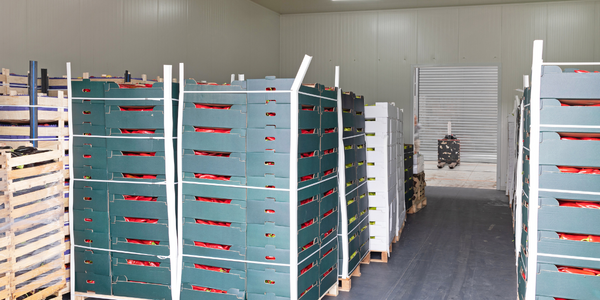
Case Study
Temperature Monitoring for Restaurant Food Storage
When it came to implementing a solution, Mr. Nesbitt had an idea of what functionality that he wanted. Although not mandated by Health Canada, Mr. Nesbitt wanted to ensure quality control issues met the highest possible standards as part of his commitment to top-of-class food services. This wish list included an easy-to use temperature-monitoring system that could provide a visible display of the temperatures of all of his refrigerators and freezers, including historical information so that he could review the performance of his equipment. It also had to provide alert notification (but email alerts and SMS text message alerts) to alert key staff in the event that a cooling system was exceeding pre-set warning limits.
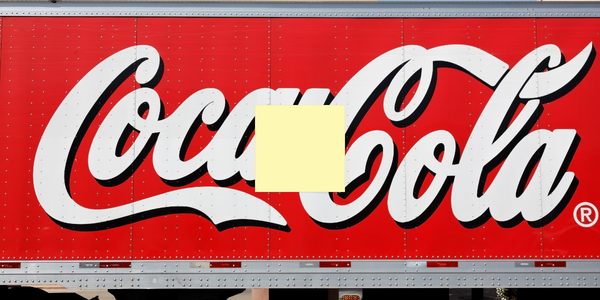
Case Study
Coca-Cola Refreshments, U.S.
Coca-Cola Refreshments owns and manages Coca-Cola branded refrigerators in retail establishments. Legacy systems were used to locate equipment information by logging onto multiple servers which took up to 8 hours to update information on 30-40 units. The company had no overall visibility into equipment status or maintenance history.







